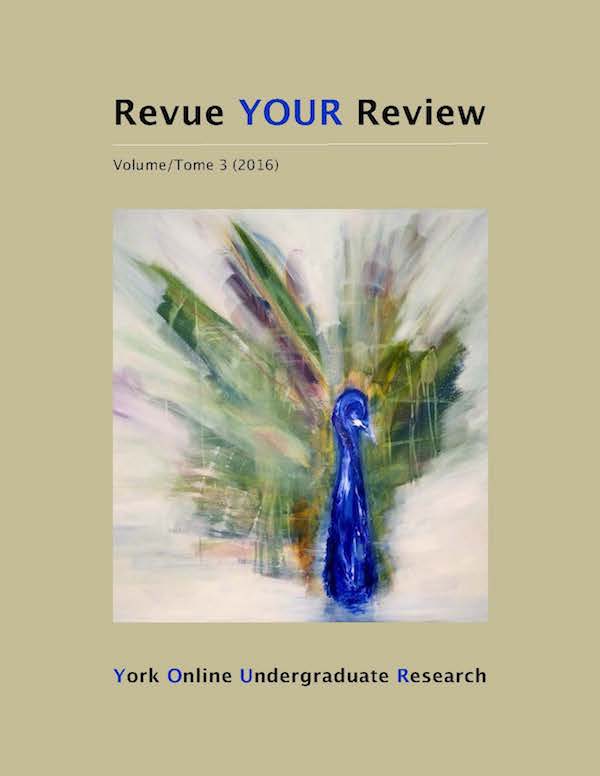Change in Entomofauna Composition Across a Forest-Filed Transition and Kortright Conservation Area
Résumé
Forest fragmentation is becoming increasingly common in today’s anthropocentric world, pushing the study of ecotones and their interactions to the forefront of conservation biology. For this study, arthropods—ideal organisms for studying the environment—were sampled along three field-forest transitions at the Kortright Conservation Area in Woodbridge, Ontario (Canada) in order to investigate any changes in mean ordinal diversity or abundance. Various capture techniques are also examined in order to determine overall effectiveness. Results show that there is not a significant change in mean ordinal diversity over distance. However, there is a statistically significant negative linear relationship between arthropod abundance and distance. Results also show that yellow pan traps are the most effective method for capturing arthropods in this setting. This indicates that grasslands should be of primary concern when formulating a conservation strategy plan directed at arthropod biodiversity, and that painted pan traps are very important tools for entomological sampling.Téléchargements
Comment citer
Numéro
Rubrique
Licence
Les auteurs qui contribuent à la Revue YOUR Review acceptent de publier leurs articles selon une des trois catégories de la licence 4.0 : Creative Commons Attribution 4.0 International; Creative Commons Attribution-Pas d'Utilisation Commerciale 4.0 International; ou Creative Commons Attribution-Pas de Modification 4.0 International. Tout contenu éditorial de ce site ainsi que les affiches et les résumés sont sous la licence Creative Commons Attribution-Pas de Modification 4.0 International. Pour plus d’informations, veuillez voir :
https://creativecommons.org/licenses/
Dans tous les cas, les auteurs conservent leurs droits d’auteurs et concèdent à la Revue YOUR Review le droit de première publication. Les auteurs peuvent, par la suite, conclure d’autres accords de distribution non exclusifs de la version publiée dans ce périodique (par exemple, l’afficher à un dépôt institutionnel ou le publier dans un livre ou dans un autre périodique) à condition que la reconnaissance fasse mention de la publication originale dans la Revue YOUR Review.


